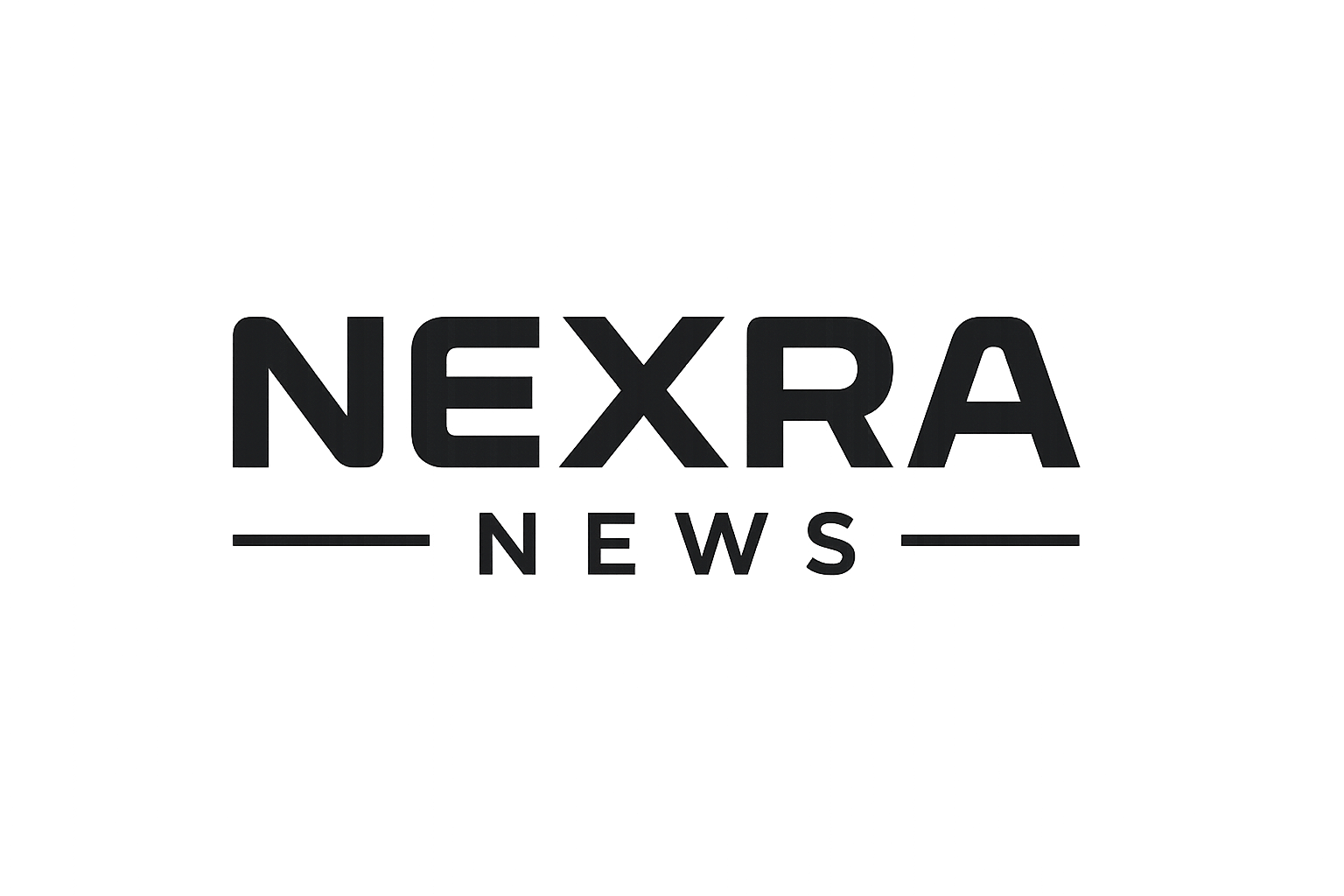Rumor: GTA 6 Might Reshape the Next-Gen Console Timelines
A fresh round of industry chatter suggests that Grand Theft Auto 6’s latest delay—to November 2026—could ripple far beyond a single launch window. One analyst argues the shift is potent enough to reframe Sony’s and Microsoft’s next-gen strategies, potentially nudging new console debuts from the currently rumored late-2027 targets into 2028. It’s not a guarantee, but it’s plausible—and the logic behind it is more strategic than sensational.
Below, we unpack the scenario drivers, the upside for Sony and Microsoft if they wait, the risks if they don’t, and what each probable timeline means for players and publishers.
Why a Single Game Could Move a Hardware Roadmap
Calling GTA 6 “a system seller” undersells it. It’s a platform mover—a release that can shift millions of players from “someday” to “day one,” re-energize retailers, and amplify accessory and subscription sales. Crucially:
Late-cycle lift: When a blockbuster arrives at the tail end of a generation, it can prolong the profitable plateau of mature hardware. Price-reduced consoles, robust libraries, and large online communities make for extremely efficient customer acquisition.
Attach rate booster: A megahit drives secondary spending—DLC, micro-transactions, subscriptions (PS Plus, Game Pass Core/Ultimate), and peripherals—without the margin pressure of launching brand-new hardware.
Marketing concentration: One gravitational title can anchor an entire holiday season, simplifying marketing and retail planning, especially if platform holders bundle legacy hardware with the most anticipated game on Earth.
In that light, delaying next-gen a few quarters to fully harvest GTA 6-driven demand for current consoles becomes a rational business conversation.
The Current Signals: Open Matchmaking vs. Open Market Timing
Rumors place PlayStation 6 around late 2027, with the next Xbox in a similar window. Those weren’t hard confirmations; they were informed expectations. Now layer in the GTA 6 shift to November 2026:
Holiday 2026: GTA 6 dominates. Platform holders can lean on aggressive bundles, storage-focused SKUs, and subscription tie-ins.
Early–Mid 2027: GTA Online-style live updates maintain momentum. A steady cadence of content keeps console sell-through healthy without cutting prices to the bone.
Late 2027 vs. 2028 Decision: If GTA 6 continues to pull hardware well into 2027, the incentive to delay PS6/Next Xbox rises. If the curve cools faster than expected, sticking to 2027 remains attractive.
The point: GTA 6 buys optionality. It gives Sony and Microsoft cover to move the goalposts without appearing hesitant—because the market will be engaged either way.
Three Timelines, Three Different Outcomes
Scenario A — Late 2027 (Stay the Course)
Pros: Captures early adopters; resets performance ceilings; invites premium pricing while components continue to normalize.
Cons: Risks fragmenting the GTA 6 audience just one year after launch and could blunt late-cycle PS5/Xbox Series sell-through if consumers hold out for new boxes.
Likely Play: Make GTA 6 shine on current gen, then push “ultimate” next-gen patches or enhancements a year later to entice upgrades.
Scenario B — 1H/2H 2028 (Delay to Capitalize)
Pros: Maximizes GTA 6-driven hardware lift across 2026–2027; adds time for cheaper, cooler, quieter next-gen designs; aligns with stronger yields for high-end nodes and larger SSDs.
Cons: Gives PC and handheld segments more time to nibble at living-room share; risks perception of stagnation if first-party roadmaps aren’t lively.
Likely Play: Double down on live service expansions, late-cycle price cuts, and special editions (bigger SSDs, themed bundles). Reinforce subscriptions and cloud features to keep the ecosystem sticky.
Scenario C — Staggered Approach (One 2027, One 2028)
Pros: Each platform exploits its own strengths and supplier positions; competitive differentiation in release rhythm.
Cons: The earlier mover may face supply/cost headwinds; the later mover risks mindshare loss if the first launch lands with killer apps.
Why Waiting Can Be Rational (Not Fearful)
Install Base Economics: A larger active base in late cycle means cheaper customer acquisition and higher attach on every marquee release. GTA 6 can turbocharge that effect for at least 12–18 months post-launch.
Component Curve: Another year helps with node maturity (wafer yields, thermals), NVMe pricing, and GDDR bandwidth choices, allowing better performance per dollar and more attractive thermals/acoustics.
Software Breadth: First-party studios still have late-gen showpieces in flight. Launching next-gen before those ships are ready risks a thin initial slate or too much cross-gen overlap.
Retail & Marketing Simplicity: A single beacon product (GTA 6) reduces the need for split messaging across two generations, making promotions cleaner and inventory risk lower.
Why Launching in 2027 Still Makes Sense
Competitive Narrative: New silicon resets the race and seizes mindshare. If one platform surges with a bold spec leap or must-have features (latency pipelines, ML upscaling, controller tech), waiting looks conservative.
Developer Roadmaps: Middleware and internal engines are already planning for post-2027 targets. A delay can create awkward holding patterns or mid-cycle re-scoping.
Accessory & Display Cycles: TV gaming is headed toward ubiquitous VRR, HDMI 2.1 bandwidth, and 120 Hz norms. Next-gen hardware marketing can ride that wave earlier to unlock premium tiers.
Cross-Gen Strategy: The Real Lever
Whether next-gen lands in 2027 or 2028, expect extended cross-gen support—especially around GTA 6:
Baseline Compatibility: Current consoles get the core experience; next-gen adds higher resolutions, ray-tracing presets, denser traffic/crowds, and faster streaming.
Smart Save/Smart Delivery Equivalents: Seamless entitlements ensure that players feel safe to buy now and upgrade later without friction.
Live Service Parity: Online modes remain unified to avoid player base fragmentation—a key lesson from GTA Online’s historic scale.
This structure lets platform holders sell hardware now, sell again later, and sell content continuously in between.
Pricing, Bundles, and Retail Tactics If They Wait
Holiday 2026–Holiday 2027: Expect GTA 6 bundles with bigger SSDs (2 TB becomes mainstream), limited-edition plates/faceplates, and subscription trials.
Late-Cycle SKUs: “Slim” or “quiet” revisions can reduce BOM, improve living-room appeal, and nudge fence-sitters who value form factor.
Promotion Cadence: Quarterly beats—GTA 6 patches, seasonal events, performance modes—keep the storefronts lively and retail endcaps refreshed.
The Analyst View—And the Fine Print
The circulating claim is not that next-gen will be delayed, but that it could be if GTA 6 reshapes the 2026–2027 demand curve as expected. It’s a portfolio optimization call: ride a record-breaking software wave on fully amortized hardware, then introduce new boxes when costs are kinder and launch lineups are stacked.
What It Means for Players
If you own a PS5 or Xbox Series: You’re sitting in a good spot. Expect GTA 6 to run well with iterative enhancements, plus the deepest game libraries these machines will ever have.
If you were saving for PS6/Next Xbox in 2027: Prepare for flex. 2027 remains plausible, but 2028 is a sensible hedge if GTA 6’s tail is long.
If you play on multiple platforms: Cross-gen and cross-progression will matter more than ever; invest where your friends and favorite modes are.
Bottom Line
GTA 6’s November 2026 launch is powerful enough to bend the arc of the next console cycle. A 2028 pivot would let Sony and Microsoft squeeze more value from PS5 and Xbox Series while components get cheaper, lineups get louder, and marketing stays focused. Sticking to late 2027 still has merit if the competitive chessboard demands it.


